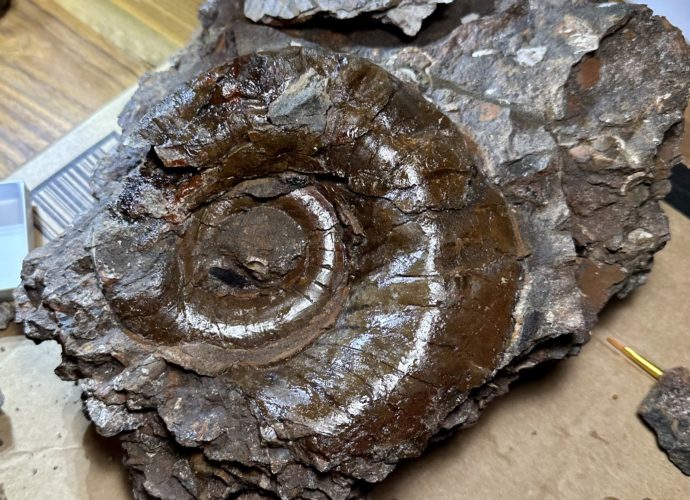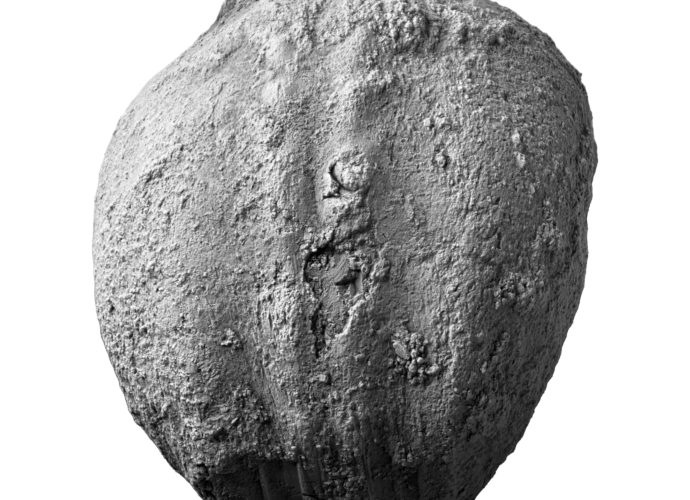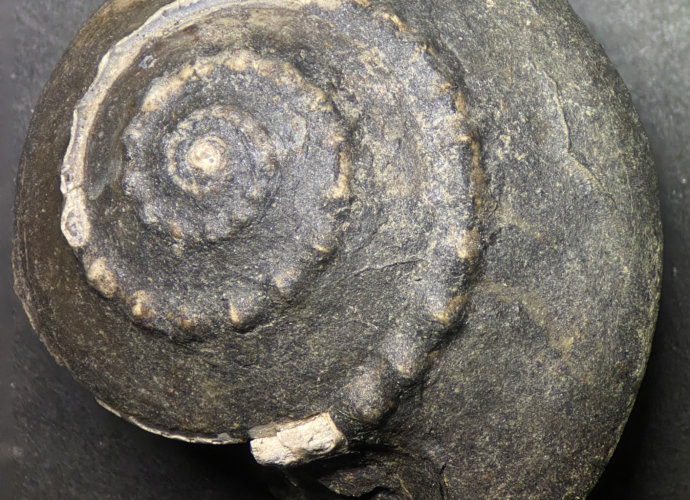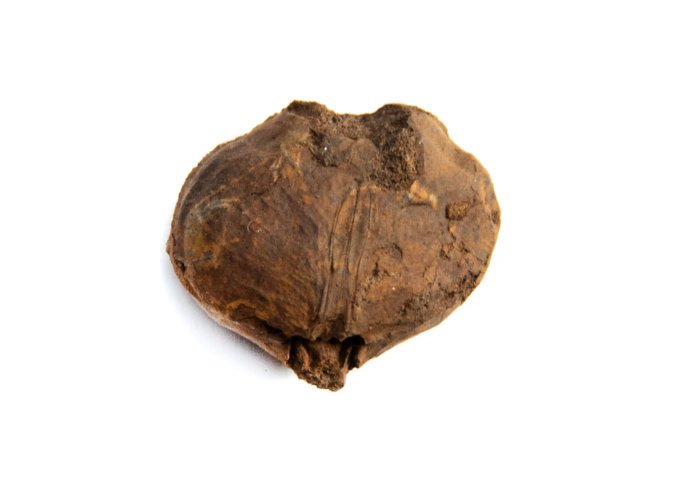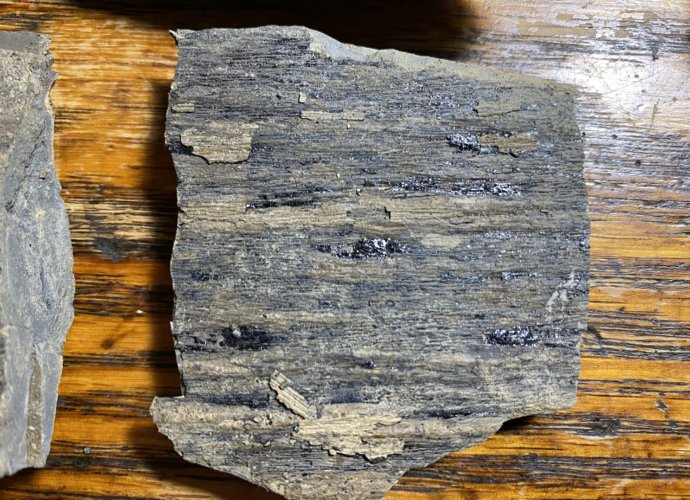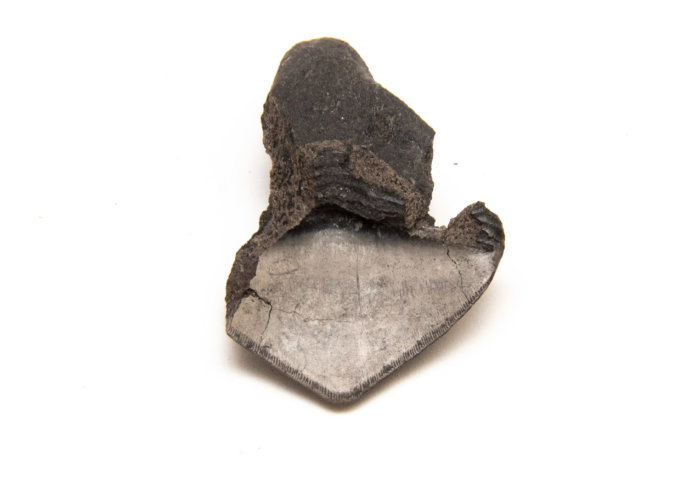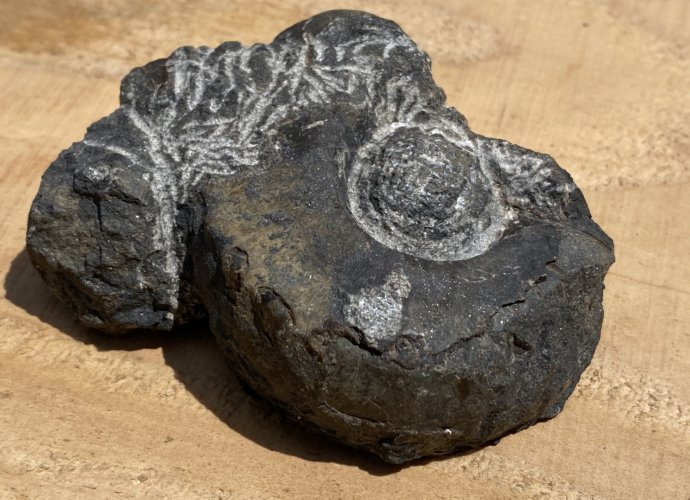A Possible Mahoningoceras from the Portersville Limestone (Kasimovian), Brooke County, West Virginia
I started my research thinking this fossil was Mahoningoceras Murphy 1974, then later thought it was smashed, had straight flank sutures, and was a Millkoninckioceras Kummel 1963. I reversed this decision again after comparing it to Millkoninckioceras and refocused on Mahoningoceras. Yet, I received a photo of the holotype fromRead More →

